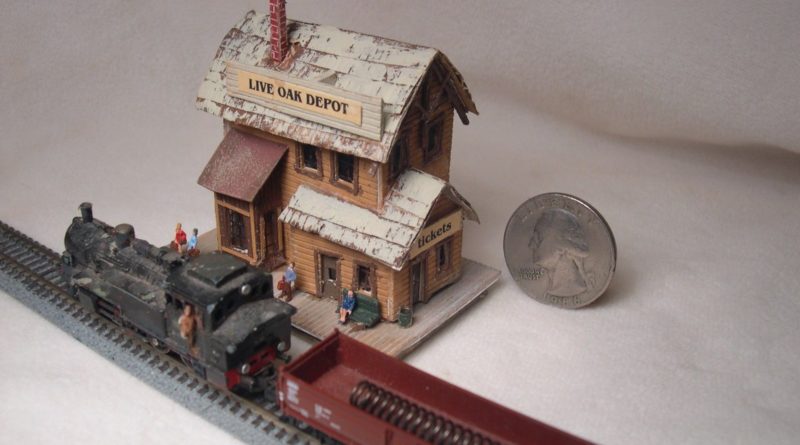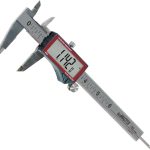How to Plan your Z Scale Track
Z scale is the smallest model scale on the market. As a result, it isn’t as popular as some of the other scales out there. However, it is an incredibly fun scale to play with. As the layouts don’t take up too much space you can fit your Z Scale Track just about anywhere. In fact, plenty of people have fit rather intricate layouts into a briefcase! In this article I am going to share with you exactly how to plan your Z scale track. Bear in mind that this article is going to be focused more an intermediate modeller, but hopefully anybody should be able to find the information contained within somewhat interesting.
As a side not here, if you are only just getting started in Z Scale track then it is perhaps worth looking at a couple of pre-existing layouts. There are plenty of them out there, some free, but the better ones are ‘paid for’. Why not take a little look at these ideas and start to develop some ideas of your own? In the majority of my layouts I look at a couple of plans and take the best features from them. This works remarkably well.
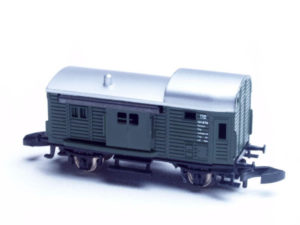
Once you have decided that you want to build a Z scale track you have two options for your planning stage. Firstly, you can just whip out a good old pad and paper and get drawing. Of course, you are going to need a significant amount of artistic skills here, if you want your work to be legible at the end at least! The second option that you have is to download special software which has been especially designed for modellers to plan tracks. I tend to favour the second option as you do get told exactly what parts you need to complete your layout, which is of course something that doesn’t happen when you are drawing on paper. I find that this feature alone is useful enough for the cost that you need to pay out.
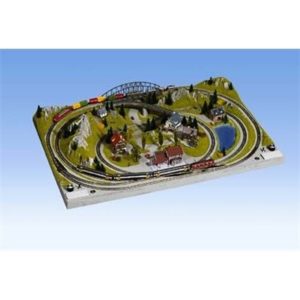
One of the most important things that you are going to need to bear in mind when planning your Z scale track is to keep your gradients to a minimum. As you can probably guess, the vehicles in this scale are incredibly lightweight. This means that even going up the slightest incline can be a cause for derailment. If you check online for layouts you will find that the majority of layout plans out there don’t mention this, but it is something you are expected to know. You should attempt to keep your Z scale on the flattest surface you can find, and that means absolutely no climbing hills in the layout, as much as you may love to.
Another point to bear in mind, again to the low weight and construction of the vehicle, you cannot put track spirals into your layout. Remember, Marklin are pretty much the only provider of track of this scale and the radius of their curved tracks are far too narrow for this purpose. You would need to provide extra traction to your vehicles in order for this to work, but honestly that is going to be far too much hassle for you.
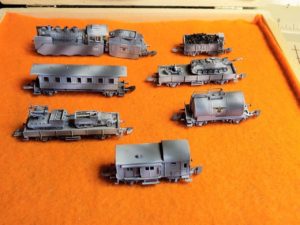
The problem that you are going to face when designing your track is that there are very few pieces of track available on the market. This means that you are going to be incredibly limited in the options that you have available to you when designing a track, although there are some people who work with Z scale that give tips on how to modify the track to make it easier to work with. It is useful to have a catalogue open at the same time to get an idea of the pieces on offer. In addition to this, you should make note of everything that you add to your layout, and double check this list twice. As Z scale track is incredibly difficult to source it will cost you a lot of money if you forget to order that one vital piece of your layout, and a lot of aggravation too! You will need to make a note of the scenery that you want in your track layout at the same time as this will be ordered from the same supplier.
If you are like me then you will find that ‘completed’ tracks are incredibly boring. This means that during the ‘planning’ stage you should also consider how you will want to expand your layout in the future. This way you can plan the track accordingly. Remember, you will also need to plan so that you can access all areas of the track. This will make cleaning it that much easier. Once your layout is built make sure that you test it over and over again before making it a permanent fixture. This means that you need to check all of the electronics and the like to check that it works perfectly. The last thing you want to do is fix the layout down and find that you have wired it up completely wrong.
Hopefully this guide has been of some use to you. Why don’t you bear in mind some of the tips that I have mentioned on planning a z scale track and get to work. This really is one of the most exciting scales to work with!

